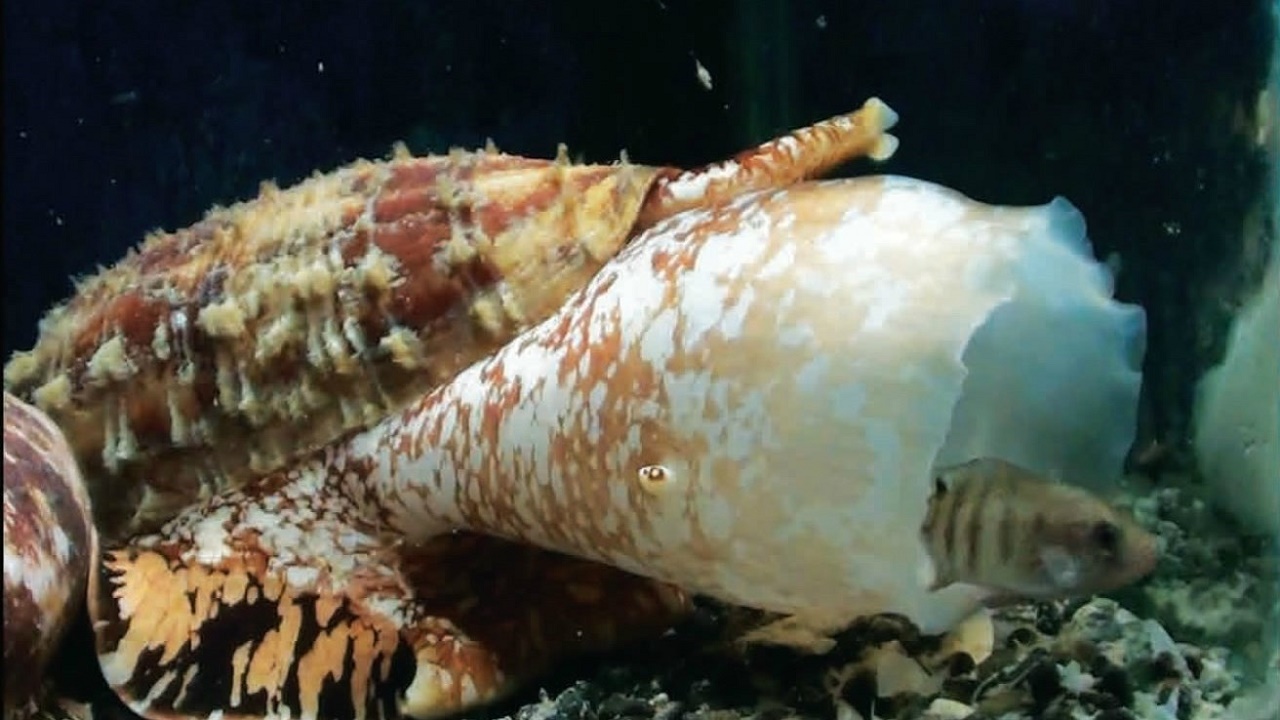
A sea snail could provide inspiration for future treatments of diabetics. A sea snail produces a type of insulin, which have an extremely quick effect.
This snail lives in the deep ocean and uses insulin as a kind of poison to hunt for small fish. The insulin is used to stun fish and has an impact in just minutes.
The most rapid-acting insulin available to diabetics today need three times as long to have an effect. The problem is that human insulin molecules naturally clump together when inactive, and making them unable to have an effect, as they must be disconnected – which takes time once injected.
The insulin molecules produced by the snail is lacking the part that makes them clump together, which probably explains why it appears to be a lot faster.
The researchers now want to harness this knowledge to see if it is possible to produce human insulin more like the snail.
Reference:
Source: John G menting et al, 2016. A minimized human insulin receptor-binding motif revealed in a Conus geographus venom insulin. Nature Structural & Molecular Biology. Doi: 10.1038 / nsmb.3292

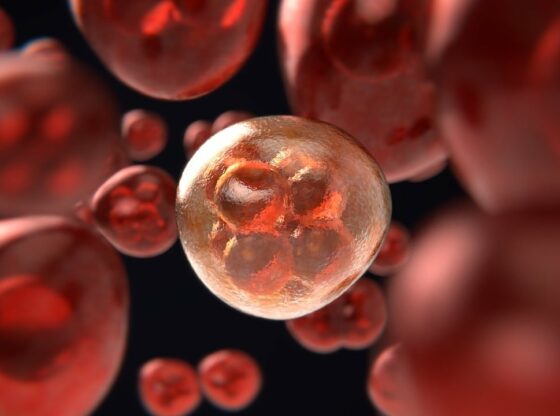


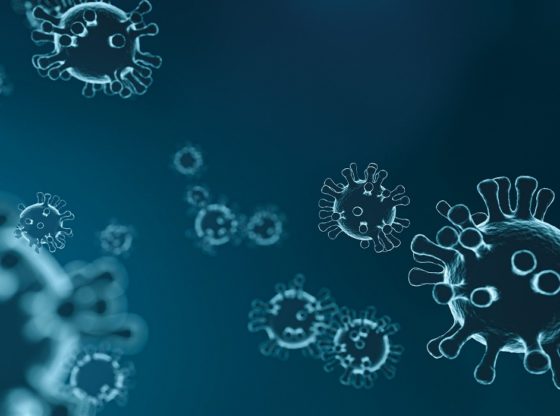
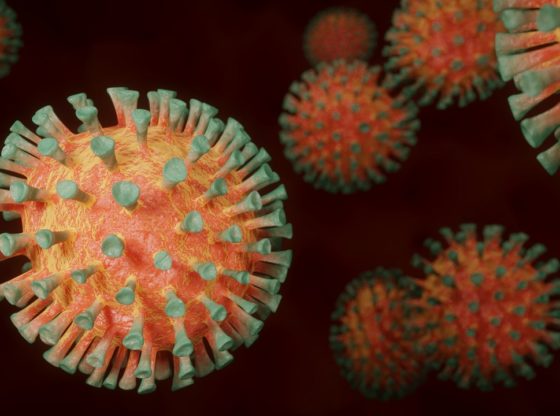
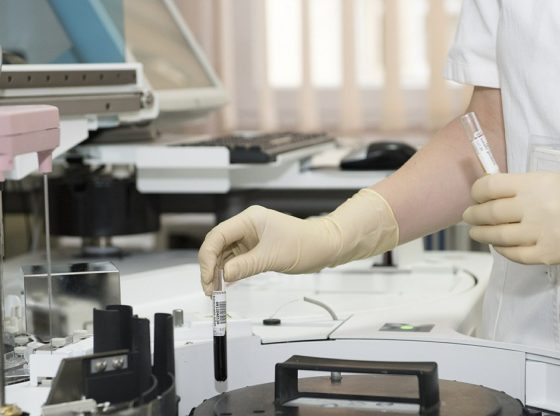
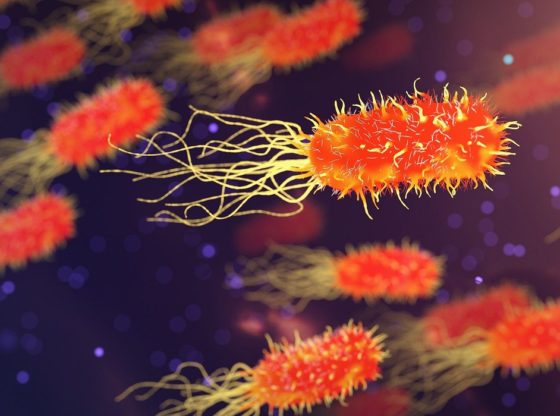
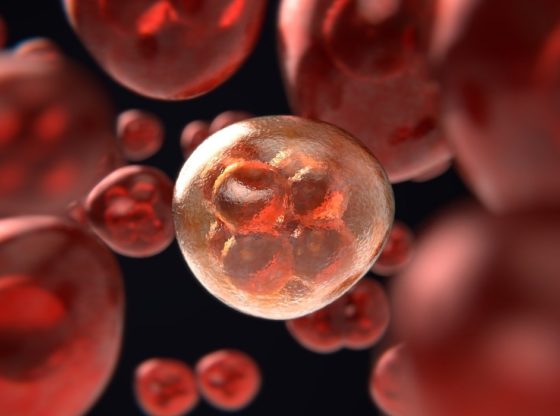


![OpenAI. (2025). ChatGPT [Large language model]. https://chatgpt.com](https://www.illustratedcuriosity.com/files/media/55136/b1b0b614-5b72-486c-901d-ff244549d67a-350x260.webp)
![OpenAI. (2025). ChatGPT [Large language model]. https://chatgpt.com](https://www.illustratedcuriosity.com/files/media/55124/79bc18fa-f616-4951-856f-cc724ad5d497-350x260.webp)
![OpenAI. (2025). ChatGPT [Large language model]. https://chatgpt.com](https://www.illustratedcuriosity.com/files/media/55099/2638a982-b4de-4913-8a1c-1479df352bf3-350x260.webp)








